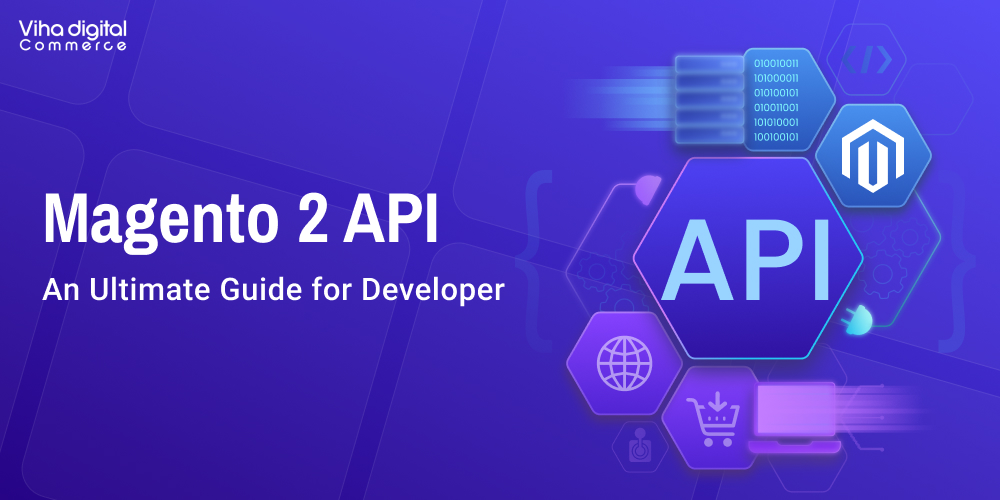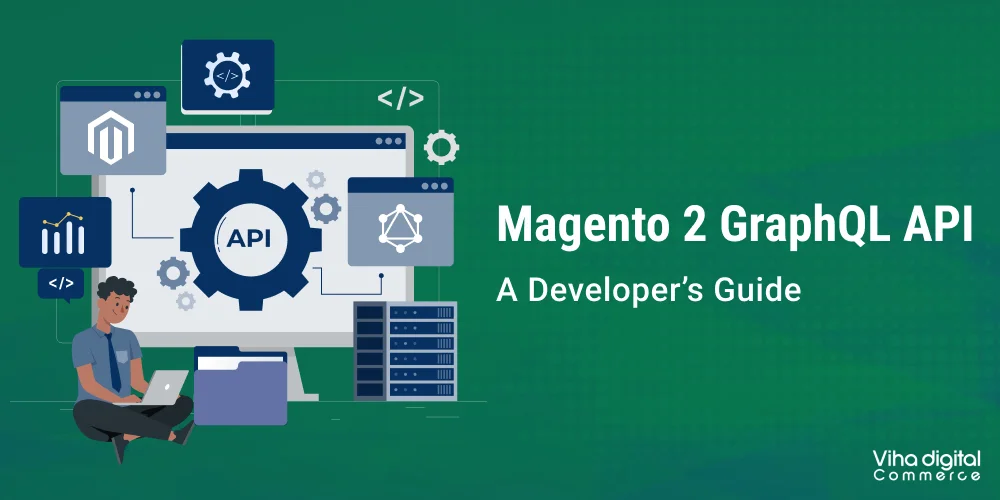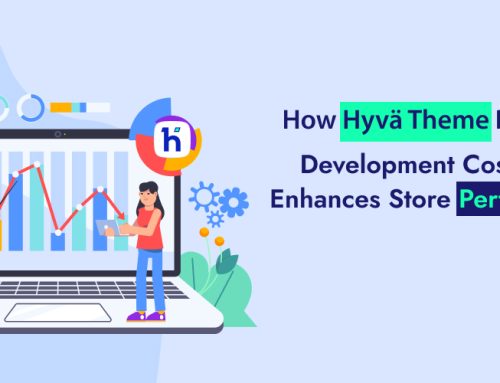
Magento 2 API: A Comprehensive Guide for Developers
The Magento 2 API offers powerful tools for developers to integrate, manage, and extend the functionality of ecommerce stores. Leveraging the Magento 2 API can significantly enhance your store’s capabilities, streamline operations, and provide seamless user experiences. In this comprehensive guide, we’ll explore the Magento 2 API, including the Magento 2 REST API, Magento 2 API integration, and Magento 2 API development. Additionally, we’ll discuss Magento 2 development and the benefits of utilizing Magento development services.
Understanding the Magento 2 API
The Magento 2 API allows developers to interact with the Magento system programmatically. This interaction enables integration with third-party applications, automation of processes, and creation of custom functionalities. The API supports both REST and SOAP protocols, making it flexible and compatible with various systems and programming languages.
Key Features of the Magento 2 API:
- Modularity: The API is designed to be modular, enabling developers to work with specific functionalities without affecting the entire system.
- Security: It includes robust authentication and authorization mechanisms to ensure secure data transactions.
- Scalability: The API can handle large volumes of requests, making it suitable for high-traffic ecommerce sites.
Magento 2 REST API
The Magento 2 REST API is one of the most widely used APIs due to its simplicity and ease of use. REST (Representational State Transfer) is a standard protocol for creating web services, allowing systems to communicate over HTTP.
Benefits of the Magento 2 REST API:
- Ease of Integration: REST APIs are straightforward to integrate with other systems, enabling smooth communication between Magento and third-party applications.
- Wide Adoption: Many developers are familiar with REST, making it easier to find resources and support.
- Flexibility: The REST API can be used to perform a wide range of operations, from product management to order processing.
Common Use Cases for the Magento 2 REST API:
- Product Management: Add, update, and delete products programmatically.
- Order Management: Retrieve and update order details.
- Customer Management: Manage customer accounts and information.
Magento 2 API Integration
Magento 2 API integration is essential for connecting your Magento store with other systems, such as CRM, ERP, and PIM solutions. This integration helps streamline operations, improve data accuracy, and enhance overall efficiency.
Steps for Successful Magento 2 API Integration:
- Identify Integration Requirements: Determine the specific needs of your integration, such as data types, frequency of updates, and security considerations.
- Configure API Access: Set up API keys and permissions in Magento to ensure secure access to the necessary data.
- Develop and Test: Write the integration code and thoroughly test it to ensure it works correctly and securely.
- Monitor and Maintain: Regularly monitor the integration for performance issues and update it as needed to accommodate changes in either system.
Advantages of Magento 2 API Integration:
- Improved Efficiency: Automate data transfer and processes, reducing manual work and errors.
- Enhanced Data Accuracy: Ensure consistent and accurate data across all integrated systems.
- Scalability: Easily scale the integration as your business grows and needs change.
Magento 2 API Development
Developing custom APIs for Magento 2 allows you to extend the platform’s capabilities and tailor it to your specific business needs. Custom APIs can provide additional functionality, integrate unique systems, and offer enhanced user experiences.
Steps in Magento 2 API Development:
- Define the API Requirements: Identify the specific functionality and data interactions needed for your custom API.
- Create the API Schema: Define the structure of the API, including endpoints, request parameters, and response formats.
- Develop the API: Write the code for the API using Magento’s API framework.
- Test the API: Thoroughly test the API to ensure it works as expected and handles errors gracefully.
- Document the API: Provide clear and comprehensive documentation to help other developers use and integrate with your API.
Best Practices for Magento 2 API Development:
- Follow Magento Standards: Adhere to Magento’s coding standards and best practices to ensure compatibility and maintainability.
- Ensure Security: Implement robust authentication and authorization mechanisms to protect sensitive data.
- Optimize Performance: Design the API to handle high volumes of requests efficiently.
- Provide Documentation: Offer detailed documentation to facilitate ease of use and integration by other developers.
Magento 2 Development
Magento 2 development encompasses all aspects of building, customizing, and optimizing a Magento 2 store. This includes theme development, module creation, performance optimization, and API development.
Key Areas of Magento 2 Development:
- Theme Development: Create custom themes to provide a unique look and feel for your store.
- Module Development: Develop custom modules to add specific functionalities to your store.
- Performance Optimization: Optimize your store’s performance to ensure fast loading times and a smooth user experience.
- API Development: Develop custom APIs to extend the platform’s capabilities and integrate with other systems.
Benefits of Magento Development Services
Hiring professional Magento development services can provide significant advantages for your ecommerce business. Experienced developers can help you leverage the full potential of Magento, ensuring a robust, scalable, and high-performing online store.
Advantages of Magento Development Services:
- Expertise: Professional developers have in-depth knowledge and experience with Magento, ensuring high-quality development.
- Customization: Tailor your store to meet your specific business needs and goals.
- Support and Maintenance: Receive ongoing support and maintenance to keep your store running smoothly.
- Performance Optimization: Ensure your store is optimized for performance, enhancing user experience and SEO.
Conclusion
The Magento 2 API is a powerful tool for developers, offering extensive capabilities for integration, customization, and automation. Whether you’re leveraging the Magento 2 REST API for simple integrations or developing custom APIs for advanced functionality, the Magento 2 API provides the flexibility and scalability needed to build and maintain a successful ecommerce store. Investing in Magento 2 development and utilizing professional Magento development services can help you maximize the potential of your online store, ensuring it meets your business needs and delivers a superior user experience.
This comprehensive guide has highlighted the key aspects of Magento 2 API, Magento 2 API integration, Magento 2 API development, and the benefits of Magento 2 development services. By understanding and leveraging these tools and practices, you can create a powerful, efficient, and scalable ecommerce solution.
editor's pick
Harnessing the Power of Magento 2 GraphQL API: A Developer’s Guide
In the dynamic world of e-commerce, efficient and flexible [...]
Unlocking the Potential of Magento 2 B2B: A Comprehensive Guide
In the world of B2B e-commerce, having a robust, [...]
Viha Digital Commerce Gets Recognized as Clutch Global Leader for Spring 2024!
It is a privilege for Viha Digital Commerce to be named [...]





